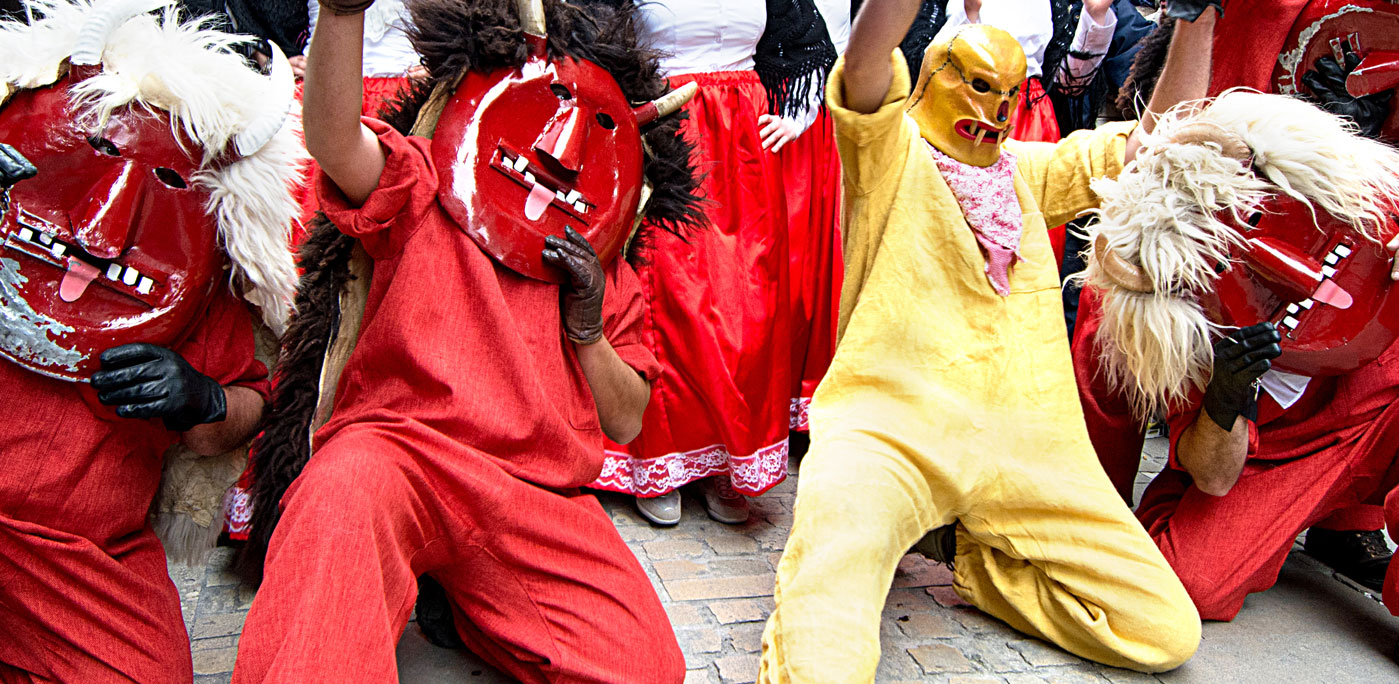Hidden away in a tiny little workshop at the bottom of a walled garden sits the last artisan battiloro in Europe. Beating out a rhythmic golden heartbeat, his hand-held hammer pummels a pack of gold nuggets into gossamer-thin gold leaf using a technique passed down from the 1700s. And whilst other goldbeaters have long since turned to machines
to do the backbreaking beating fifty-something Marino Menegazzo continues his lone drumming in the house where master artist Titian once lived. If an apprentice isn’t found soon, this unique craft will die out; this is what we’ll be losing.
A brief history of gold leaf
Our love of all things golden goes back to antiquity with many cultures seeing gold as the color of the gods, royalty or heaven. The elite used gold in jewelry, art or architecture and to adorn religious items. Craftsmen became skilled at fashioning the soft metal into weighty amulets, tiny statuettes and sparkling artwork but the most delicate decoration required something a little finer. And so gold leaf was born.
The ancient Egyptians began using gold leaf over 4500 years ago, most famously on the glorious funerary casket of Pharaoh Tutankhamen and other royal tombs. The ancient Greeks used it to decorate the robes, hair and accessories of their classic statues. The Chinese used it on sacred idols and religious goods. And the Romans were no different with Emperor Nero covering his Golden House in gilt after the great fire of 64 BC.
Here in Venice the Venetians covered the walls and ceilings of the sumptuous Doge’s Palace and St Mark’s Basilica with gold leaf, decorated their gondolas with it and worked it into their glistening glass too. Even today gold clearly signifies power, religion and status but how on earth could a metal be made so thin that you can see sunlight through it?
The last artisan goldbeater in Europe.

The artisanal process of making gold leaf by hand has barely changed down the centuries. But with most companies moving over to mechanized processes the old, traditional skills are being lost. Just one man, Marino Menegazzo, is keeping this ancient craft alive in Europe. Finding him and his Venetian workshop, however, takes some persistence and a very, very good map.
Hidden away down an alley, off a side street, off the busy Fondamenta Nuove waterfront in the historic district of Cannaregio lies a little courtyard at the end of Calle Tiziano. It’s a peaceful spot, surrounded on two sides by walled gardens and there’s little to suggest what lies behind the large wooden door, the only clue being the grilled windows. But ring the bell and you’re invited across the threshold into another era, another world.
Not only did the celebrated artist Titian live in this building for over 40 years in the 1500s, using the same stone stairs that still lead up through the building. But this is also the home of the Mario Berta Battiloro company, that has been supplying gold leaf to wood carvers, artists, gondola makers, chefs and even beauticians for four generations and they’re still going strong.
So just how is an ingot of gold turned into gold leaf?
It’s a process that involves several people and takes around a day from start to finish. First the gold is melted to purify it. Then the ingot is stretched out using a roller press to turn it into a 2-meter long ribbon of metal. But the gold is still stiff. It’s the next stage that turns it into a flimsy, feather-light, foil film just a few atoms thick.
The long ribbon is cut into squares that are then beaten by one of the only machines in the workshop. The flattened squares are cut into quarters and then starts the hammering that is done completely by hand. Each piece is placed between paper leaves, wrapped into a bundle and placed on top of an enormous marble block, the only stone hard enough to bear the eternal beating without shattering. Signore Menegazzo then uses a hefty hammer to literally pummel and pound the metal into gold leaf.
His beating has a rhythm all of its own; its almost musical. First the paper packet is beaten on one side, then rotated and flipped and beaten again before being rotated and flipped yet again with hardly a pause for nearly 2 hours. The regular pattern of beating ensures that the small golden squares nestled between the paper pages gradually expand with each beat, growing into roughly square foils with an even thickness.
It’s exhausting, physically demanding work using methods that date back to at least the 18th century so it’s no wonder that most goldbeaters have turned to mechanization. And no surprise that finding an apprentice to take over from Signore Menegazzo is proving difficult. So whilst his daughters have joined the family workshop, helping to compile the books of delicate gold leaf, if a trainee beater cannot be found, the future of the last battiloro in Europe looks uncertain when their father finally lays down his hammer. Hopefully that’s a good few years off yet though as, even after 40 years of gold beating, Signore Menegazzo still looks youthful, lean, fit and healthy.
So next time you admire a gilt framed masterpiece, a gilded ceiling or the golden decoration on a gondola as it glides down the Grand Canal, take a second to imagine the work that has gone into making the gold leaf to provide the glorious decoration. It takes nearly a day to turn an ingot of gold into foil so thin that sunlight glows blue through it. And just one ingot can produce around 1700 gold leaves but if no-one can be found to take over the business who has the strength, stamina and passion of Signore Menegazzo then Venice may lose its last artisanal battiloro forever. And that really would be a tragedy.






























